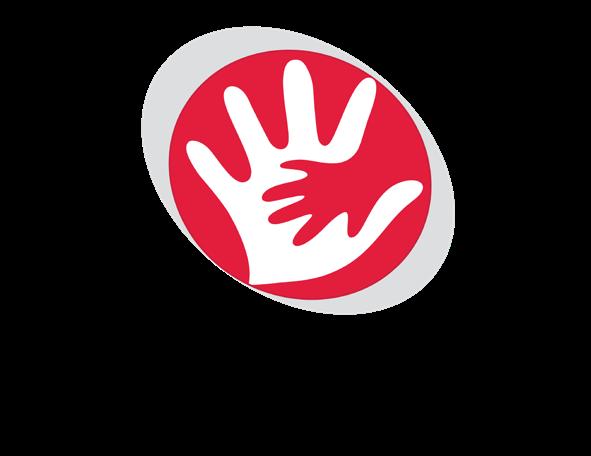2 nd leading cause of death among all youth (aged 10-18 years)
2 nd leading cause of death among all young adults (aged 19-24 years)

2 nd leading cause of death among all youth (aged 10-18 years)
2 nd leading cause of death among all young adults (aged 19-24 years)
NEBRASKA YOUTH SUICIDE PREVENTION PROJECT

youthsuicideprevention.nebraska.edu
NEBRASKA STATE SUICIDE PREVENTION COALITION

www.nsspc.org
This was developed under a grant number 1H79SM082143 from the Substance Abuse and Mental Health Services Administration (SAMHSA), U.S. Department of Health and Human Services (HHS) via the Nebraska Department of Health and Human Services, Division of Behavioral Health. The views, policies, and opinions expressed are those of the authors and do not necessarily reflect those of SAMHSA or HHS.
BH-PAM-2 Rev. 6/22
What You Need to Know
Males die by suicide nearly 4x
more frequently than females
Females attempt suicide 2-3 x more frequently than males
Talking about or making plans for suicide.
• In the U.S., only accidents claim more young lives than suicide.
• Nearly 6,0 00 youth die by suicide each year in the U.S. (aged 10-24 years).

• The most common diagnoses among youth are depression, substance abuse, and conduct disorders.
• Among racial and ethnic groups, youth suicide rates vary widely.
19 % of American high school students report having seriously considered suicide during the previous 12 months.
16 % of high school students report having made a suicide plan in the previous 12 months.
9 % of American high school students report having attempted suicide in the past.
Talking about feeling hopeless or trapped.
• Remain calm. Even if in doubt, ask “Are you thinking about suicide?”

• Remember that talking about suicide does not put the idea into someone’s head.
• If they are thinking about suicide, ask “Do you have a plan to kill yourself?”
Displaying severe or emotional pain or distress.
• Give them your full attention and find out what is causing their distress, without judgement.
Increased use of alcohol or drugs.

• Acknowledge that their feelings are valid, without minimizing them, and ask more questions.
Withdrawal from or changing social connections or situations.

• Remind the person of the reasons to keep living and there are resources that can help.
• Ask them what they need and support them in getting that help.
Changes in sleep (increased or decreased).
• Do not leave the person alone once you have determined they are at risk.

Anger or hostility that seems out of character or out of context.
•If they are a risk to themselves, or if they have a full or partial plan to take their life, call 911 immediately.
•If they are in a safe place and are not at current risk to themselves, call or text 988 for the 988 Suicide and Crisis Lifeline for help, support, and resources.
Saying goodbye to friends and family or wrapping up loose ends.
•Help them secure or remove means like guns and pills around their home to keep them safe.
 Data : CDC WISQARS™ 2011-2020; 2019 CDC YRBS. Values have been rounded up to the nearest full percentage.
Data : CDC WISQARS™ 2011-2020; 2019 CDC YRBS. Values have been rounded up to the nearest full percentage.